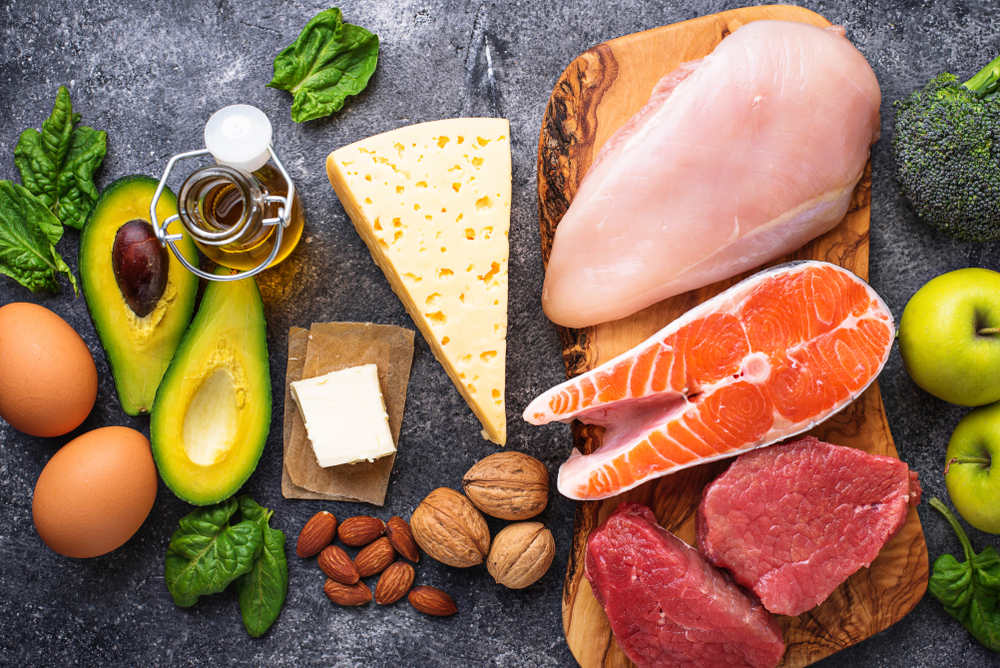A Quick Overview Of The Atkins Diet
A quick overview of the Atkins diet
Atkins diet is often recommended for weight loss that consists of low-carbohydrate foods. People who suggest the Atkins diet claim that one can lose weight by eating protein and fat rich food as far as high carbohydrate foods are not consumed at all.

The mainstream health authorities considered the Atkins diet an unhealthy way to lose weight as they claimed it contained high saturated fats. However, according to the new studies, saturated fat is not unhealthy or harmful to the body. Many have seen improvements in their health upon following the Atkins diet. This diet is also popular among the most weight loss diets. People often prefer Atkins diet to other low-fat diets as it has shown great improvements in many health markers including cholesterol levels, blood sugar levels, and triglycerides.
Though the Atkins diet is high in fat, it doesn’t cause a rise in the LDL (bad) cholesterol on average. However, some individuals may experience a rise in their LDL cholesterol.
When people decrease their carbohydrate intake and increase their protein intake, their appetite reduces, which automatically result in them eating fewer calories. This is the reason behind the effectiveness of low-carb diets for weight loss.
The Atkins diet comes with a 4-phase plan. Those who wish to start their Atkins diet should know about the alterations they will have to make in their diet. The diet is split into 4 phases which are described below.
- Phase I – Induction
The induction phase goes roughly for 2 weeks. The intake of carbohydrates in the induction phase is under 20 grams each day for 2 weeks. The diet has high-fat and high-protein foods with low-carb veggies vegetables that include green leafy vegetables. - Phase II – Balancing
Once the induction phase comes to an end, one must includes more nuts, low-carb green leafy vegetables, and small portions of fruits in the diet. - Phase III – Fine-tuning
During this phase, the person is close to their goal. This phase includes additional carbs, so the weight loss slows down and is not drastic. - Phase IV – Maintenance
This phase of the diet allows the person to eat as many healthy carbs as the body can take without gaining any weight.
These phases are slightly complicated especially for someone who has never followed any diet in the past. It is not extremely necessary to stick to the phases as long as one eats and avoids foods as per the diet plan.
Foods that should be avoided include sugar, trans fats legumes, grains, starches, high-carb vegetables, high-carb fruits, low-fat foods, and diet foods.
Foods that should be included in the diet are healthy fats, nuts and seeds, full-fat dairy, eggs, low-carb vegetables, fatty fish and seafood, and meats.











